By Terry Gore
“To be a knight was to be potentially a Lord or Lordling … and a fate worse than death, was to set one’s hand to the plow.”
—R. Allen Brown
Less than 75 years before the battle at Northallerton, at Hastings on October 14, 1066, the mounted Norman knights had charged time and again, battering themselves against the Saxon shieldwall, finally breaking it by use of archery and coordinated attacks. At Northallerton, the descendants of those Norman knights opted to dismount and fight on foot.
Why Dismount And Fight on Foot?
This surprising switch from mounted knight charges to dismounted static defense at first may seem to be a devolution in military tactics. Why would the Anglo-Norman knights refrain from fighting on horseback, giving up their mobility and battlefield shock assault advantage over their enemies? The question is intriguing considering the Norman knight had proven his worth time after time on the battlefields of France, Italy, Sicily, and even mainland Greece.

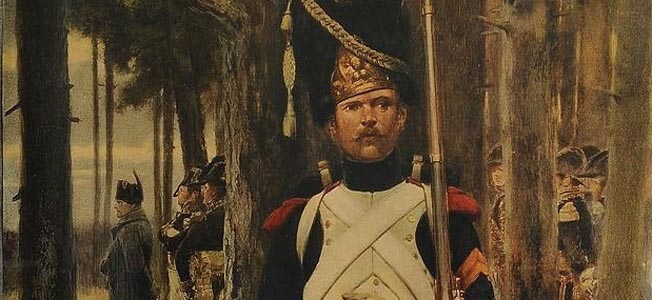
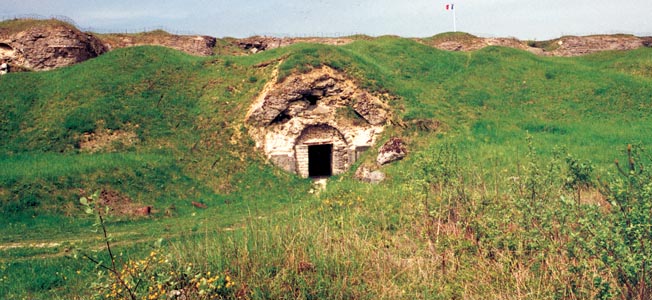
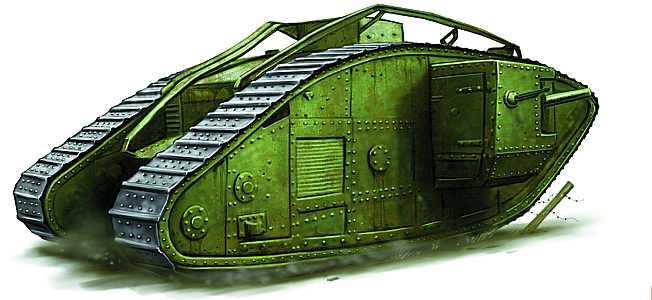
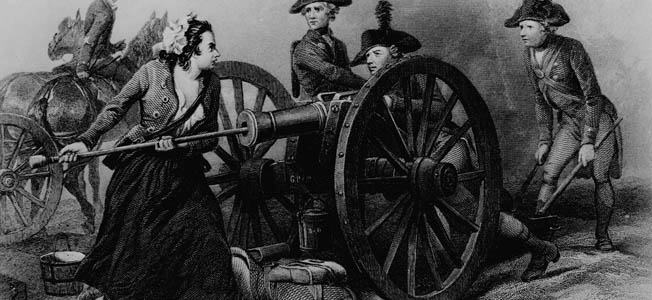
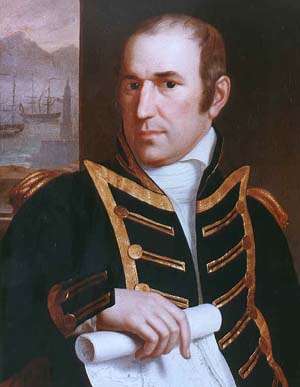
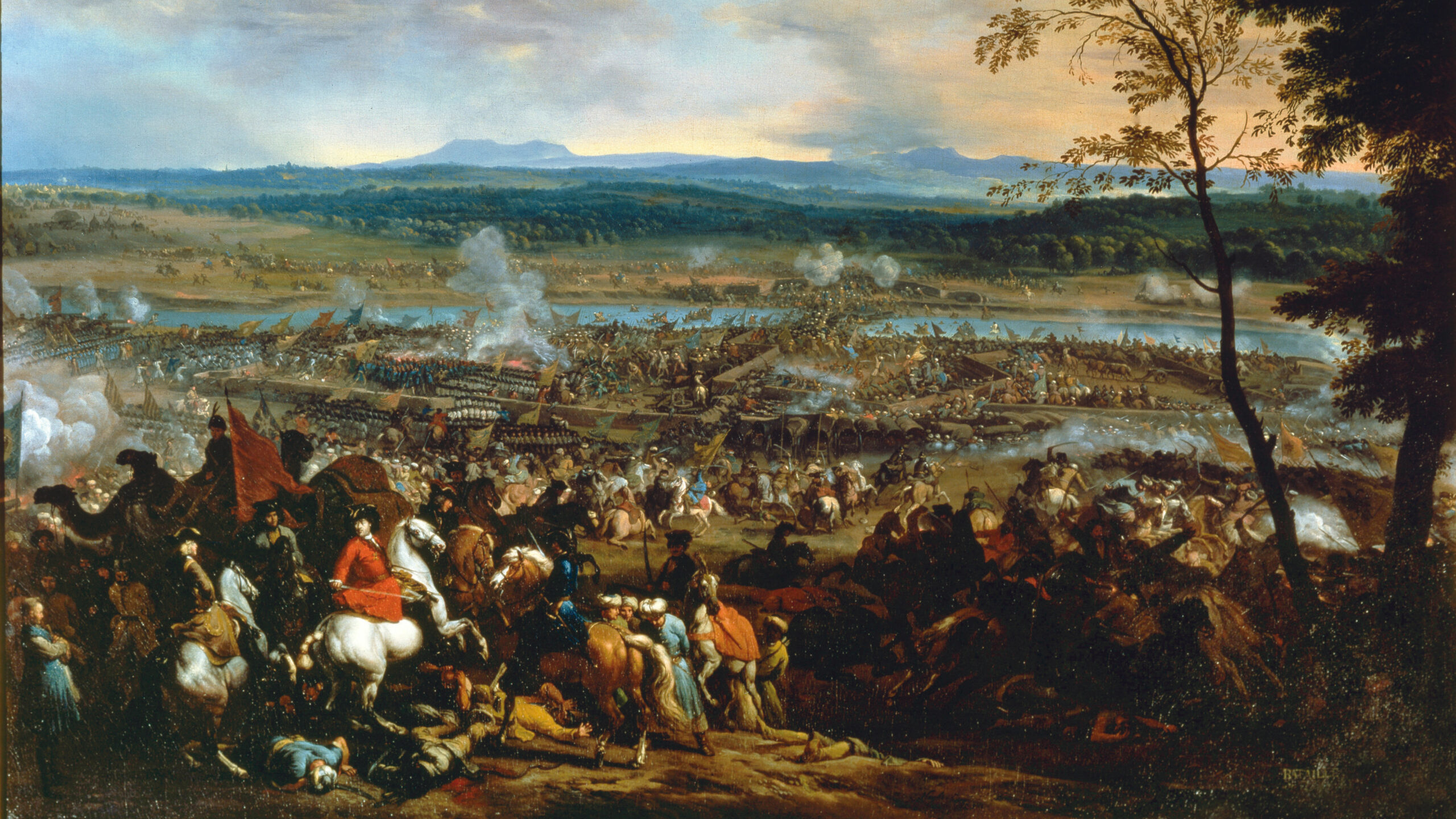
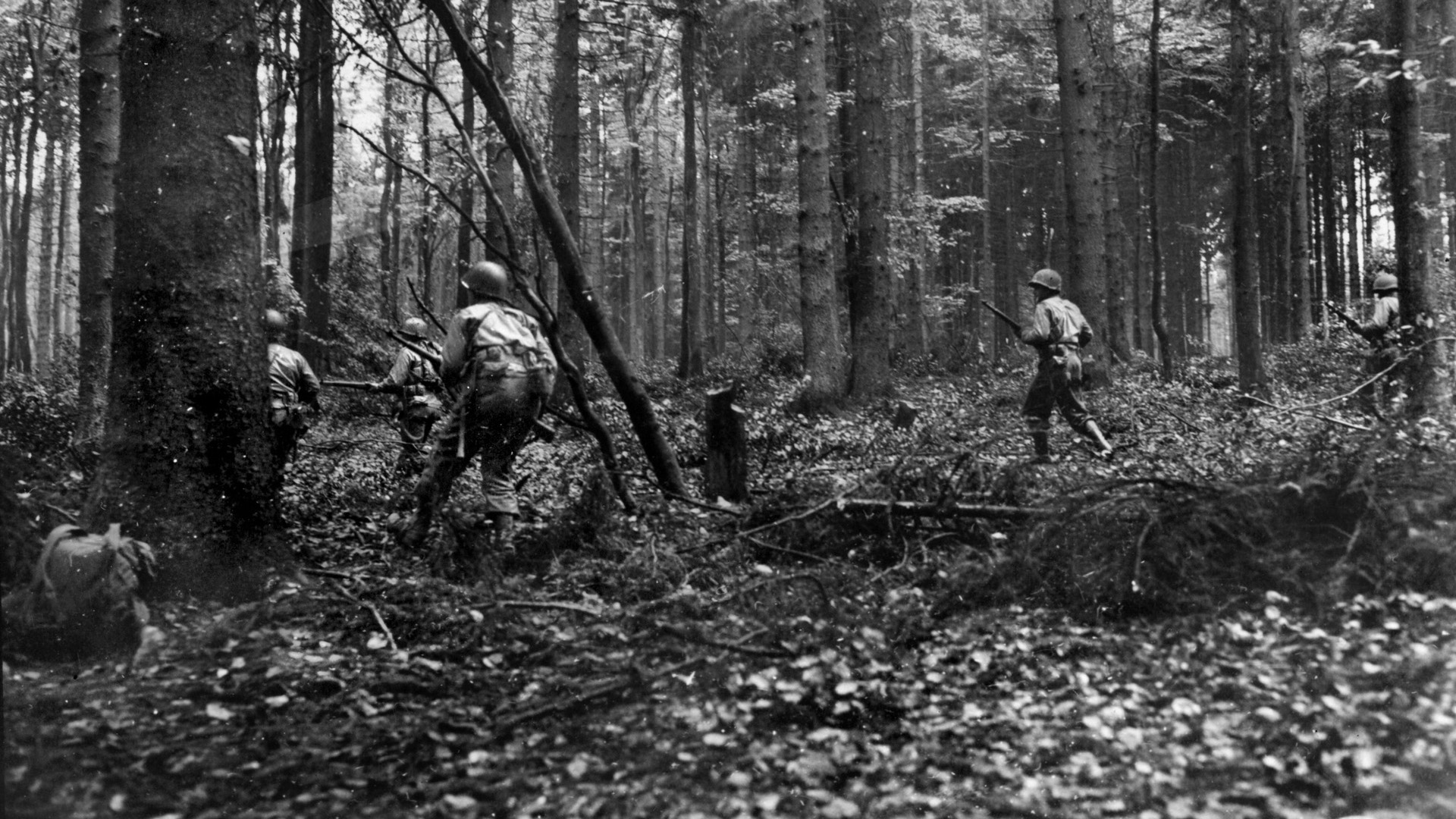

You did not mention the year in which this took place or anything about he war it was a part of. Strange,